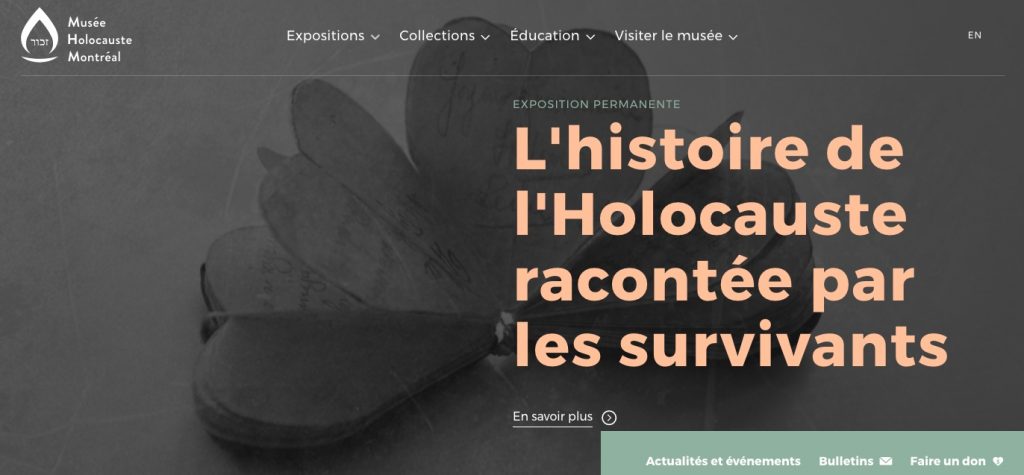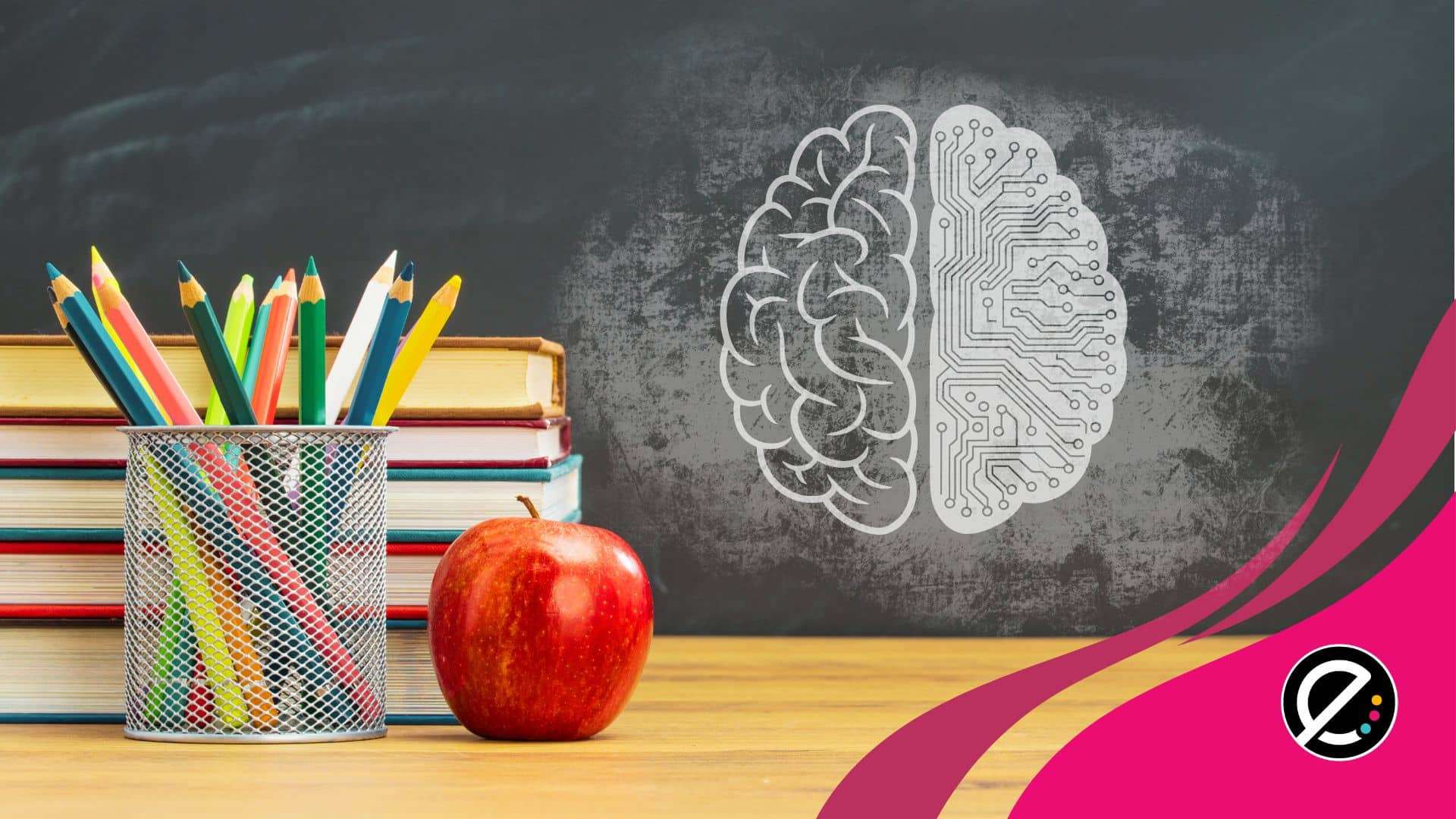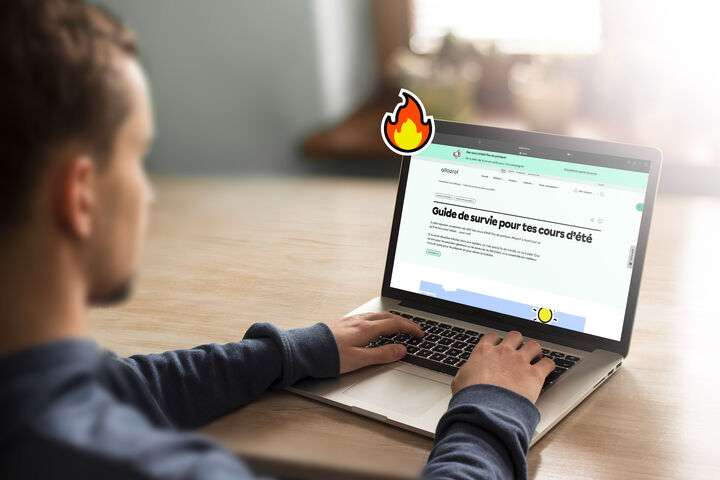Le numérique a bouleversé la façon dont on écrit et enseigne l’histoire. Il s’avère aussi un outil particulièrement efficace dans l’apprentissage de l’histoire de l’Holocauste.
par Audrey Mallet, Musée de l’Holocauste de Montréal
L’Holocauste est un sujet sensible et complexe qui n’est pas toujours facile à expliquer et à comprendre. L’utilisation d’histoires personnelles – au travers de témoignages oraux de survivants notamment – permet de le rendre plus accessible. Malheureusement, le nombre de témoins directs diminue.
Afin de combler ce vide, de nombreux musées ont recourt aux ressources numériques, non seulement pour archiver et conserver les témoignages des survivants de leur communauté, mais également pour leur offrir une seconde vie.
Certains centres ont choisi d’immortaliser les survivants via la création d’hologrammes. D’autres, comme le musée de l’Holocauste de Montréal, ont développé de nouveaux outils, qui peuvent être plus facilement utilisés en classe :
- Cartes et lignes du temps interactives
- Application iPad et Android (une version pour téléphone est également disponible)
- Le site Récits de Vie sur l’Holocauste
- L’activité IWitness – Libération de Buchenwald : un événement, plusieurs perspectives
- L’exposition en ligne Ensemble contre le génocide
Le site Web du Musée de l’Holocauste est également une ressource intéressante pour tout enseignant souhaitant travailler le sujet avec ses élèves. Sont inclus : un accès à certains objets de ses collections, des histoires orales, des informations historiques, des photos, etc.
Finalement, tous les outils pédagogiques sont téléchargeables gratuitement sur le site.






